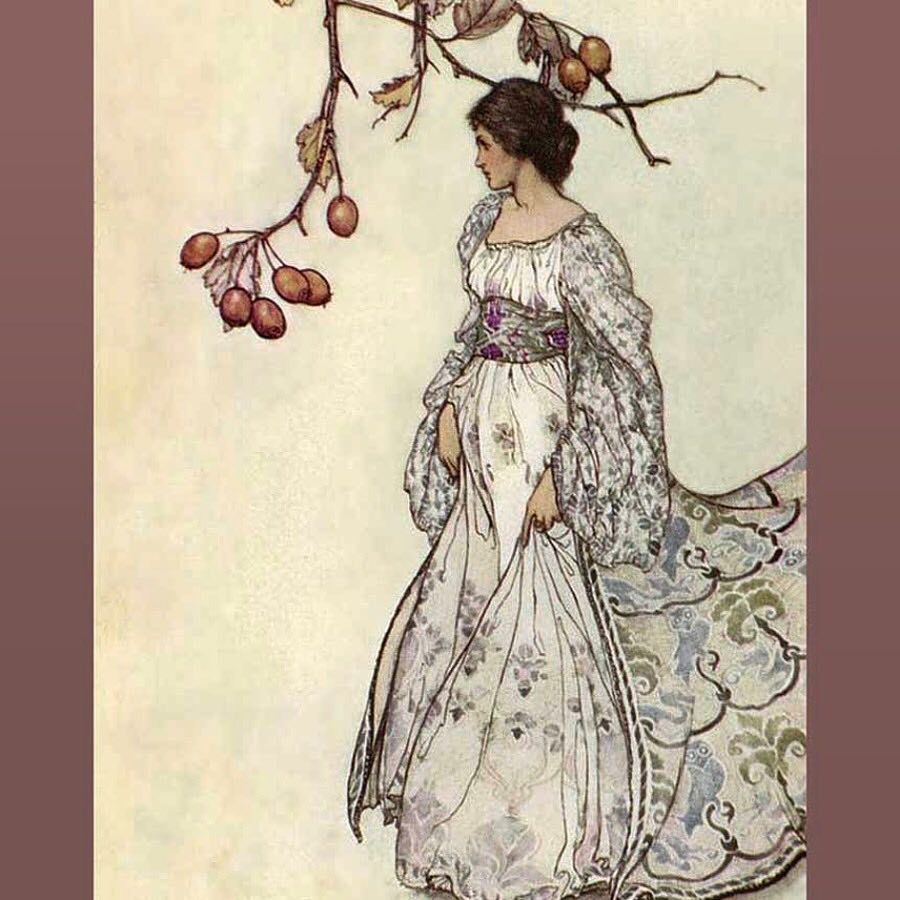
the fae are the mythical creatures of the hour. Sometimes they’re portrayed as monstrous, sometimes as tricksters, sometimes as sensuous love interests
So says Samantha Shannon, who is herself a superb fantasy novelist. So the next OGOM event, our conference on Gothic Fairies, couldn’t be more timely: ‘Ill met by moonlight’: Gothic encounters with enchantment and the Faerie realm in literature and culture, University of Hertfordshire, 8‒10 April 2021. The deadline for submissions is 30 October 2020. We want you to collaborate with us to investigate the fairy as it exists in all those shifting, ambivalent characteristics that Shannon depicts (as we have done previously with the vampire and the werewolf). It will be a fabulous event–there is even a Fairy Ball!
Shannon’s quote comes from this review of Jeanette Ng’s wonderful dark fairy romance, Under the Pendulum Sun, an evocative and atmospheric novel which works allusions from the Brontës into a deeply unsettling tale of Victorian missionaries and changelings in the land of Faerie. We expect this book to be one of the texts for discussion at the conference.
But then you may hate fairies. Holly Black (who is one of my favourite writers of YA fantasy and has written some brilliant and very Gothic fairy novels) may change your mind. Here, she recommends some of her favourites. Black captures the ambivalent nature of the Gothic Fairy, the ambivalence which we hope to explore at the conference and which is rooted in the folklore as well as the most interesting literary representations of fairies:
What I love about faerie books is much like what I love about faerie folklore. I love the idea of magic being out there, trickster magic, uncertain as the weather, potentially dangerous, but also beautiful.
One of the manifestations of Gothic Fairies that we have loved recently is the TV series Carnival Row, with its steampunk ambience and world of racial and imperial tensions between human and fae. This is another text which we’re sure will appear in research presented at the conference. So we’re pleased to see, in this article, that the second season will be coming back, along with the excellent His Dark Materials and some other fantasy series. There are also some new shows in the genre which look exciting, particularly Shadow and Bone–an adaptation of Leigh Bardugo’s exciting reworking of Russian folklore.
We’re hoping that fairy literature of the Romantic period will be a conference theme. The realm of Faerie can dramatise all sorts of utopian and radical yearnings. Percy Shelley used the fae figure of Queen Mab in his revolutionary 1813 poem of the same name which became a primary text for working-class radicals. I found a very useful introduction to Queen Mab from the British Library (their website is a brilliant resource for literary scholars).
Finally, anyone who is acquainted with fairy folklore will know the dangers of eating or drinking fairy fare. I am hoping to talk about this topic at the conference. However, this reliable witness, in an account of the persisting presence of the sidhe in Ireland, seems to have escaped these perils:
“I met them on a few occasions, I chatted to them. They say you should never take a drink from the fairies, but I took a drink from them.”
